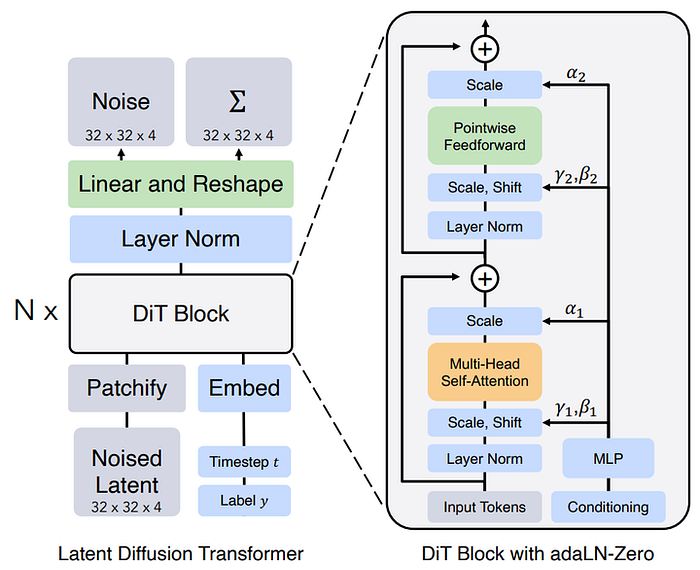
Open-Sora vs. OpenAI’s Sora: A Comparison
Last Updated on March 25, 2024 by Editorial Team
Author(s): Meng Li
Originally published on Towards AI.
Distinguishing OpenAI’s Sora
Recently, I began exploring the open-source video generation project, Open-Sora.
The core idea behind Open-Sora is to democratize advanced video generation technology through open-source means, making it accessible to the general public.
Moreover, it offers streamlined and user-friendly tools and content.
As a result, the complexity of video production has been significantly reduced.
For us, the average users, this is indeed great news.
Additionally, Open-Sora has introduced several innovations in model details.
As for how to use Open-Sora, don’t worry, let’s take our time to explore it together.
https://arxiv.org/pdf/2212.09748.pdf
Recently, when I was analyzing Stable Diffusion 3, I encountered the Diffusion Transformer (DiT) architecture.
This architecture introduces a learnable flow for both image and text tokens, enabling the bidirectional flow of text and image information.
Stable Diffusion 3 further improved this architecture, allowing it to generate new images more flexibly based on text and image information.
https://hpc-ai.com/blog/open-sora-v1.0
Did you know? Open-Sora is also based on the DiT architecture.
The creators started with an open-source text-to-image model, PixArt-α, and added a temporal attention layer to it.
Just like that, a model capable of generating videos was born!
The entire model architecture is intuitive, including a pre-trained VAE, a text encoder, and the model named STDiT.
During the training phase, the pre-trained VAE encoder is responsible for compressing… Read the full blog for free on Medium.
Join thousands of data leaders on the AI newsletter. Join over 80,000 subscribers and keep up to date with the latest developments in AI. From research to projects and ideas. If you are building an AI startup, an AI-related product, or a service, we invite you to consider becoming a sponsor.
Published via Towards AI
Take our 90+ lesson From Beginner to Advanced LLM Developer Certification: From choosing a project to deploying a working product this is the most comprehensive and practical LLM course out there!
Towards AI has published Building LLMs for Production—our 470+ page guide to mastering LLMs with practical projects and expert insights!

Discover Your Dream AI Career at Towards AI Jobs
Towards AI has built a jobs board tailored specifically to Machine Learning and Data Science Jobs and Skills. Our software searches for live AI jobs each hour, labels and categorises them and makes them easily searchable. Explore over 40,000 live jobs today with Towards AI Jobs!
Note: Content contains the views of the contributing authors and not Towards AI.














